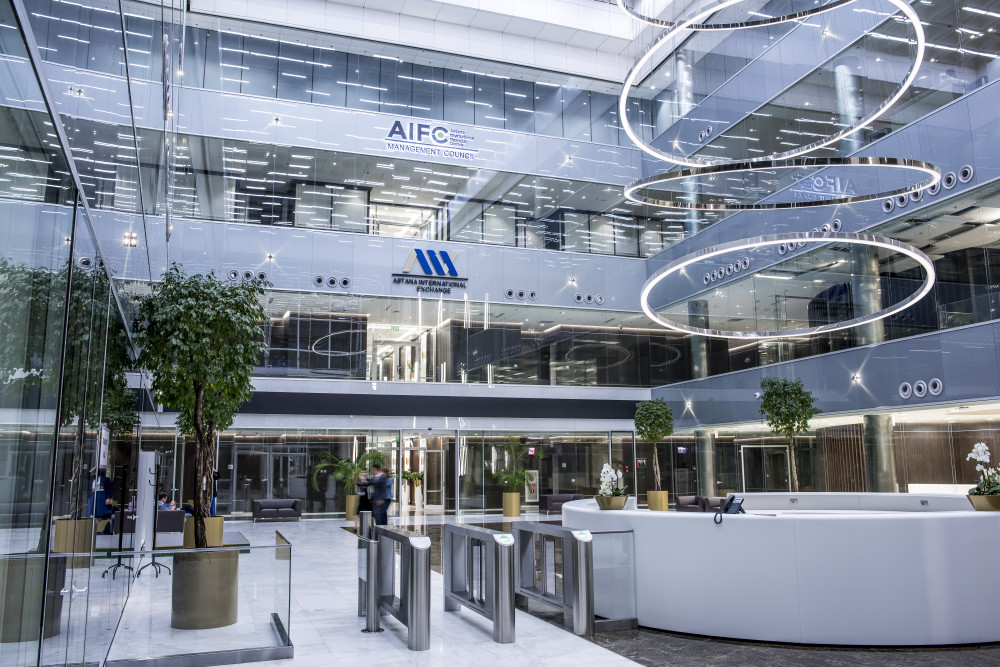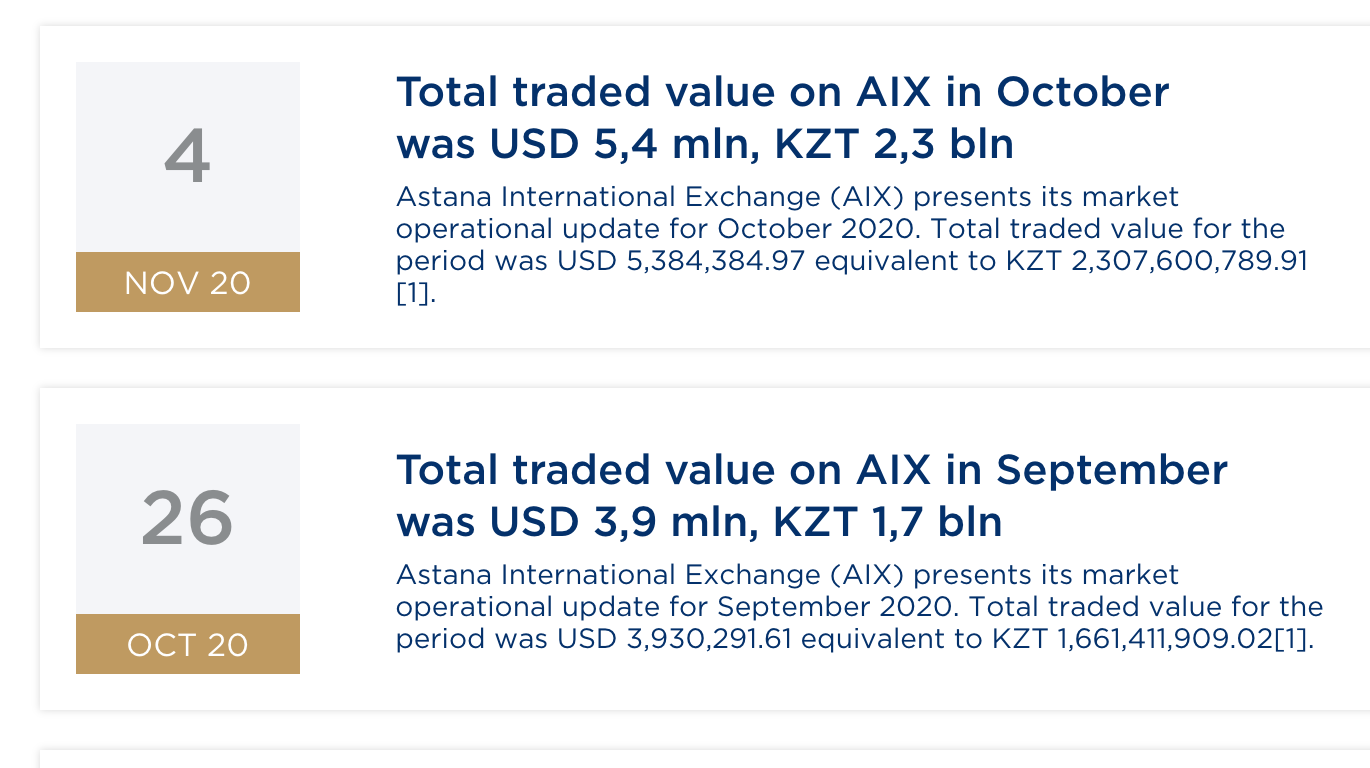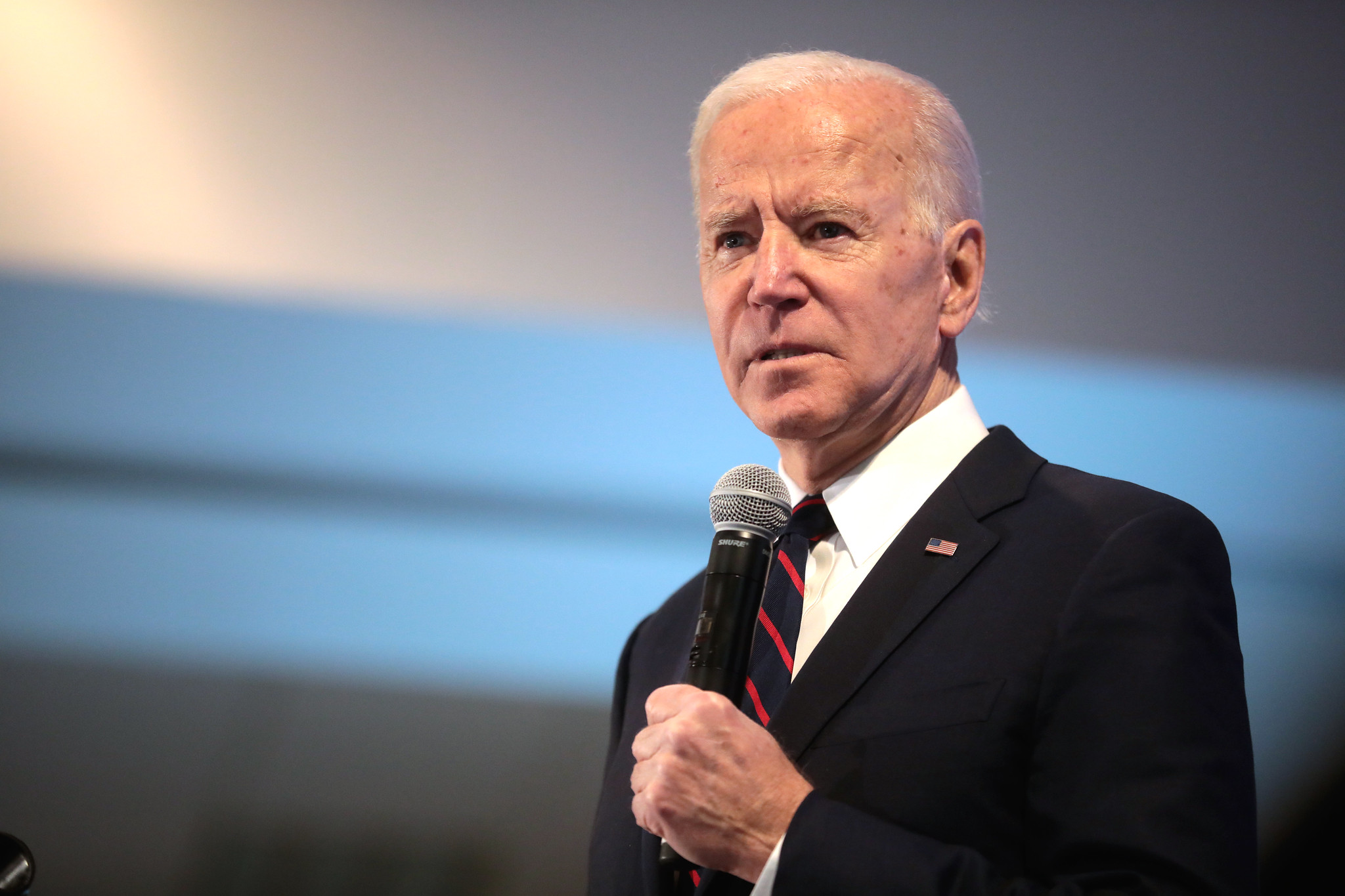
Kazakhstan’s International Financial Centre: A Hub Too Far
Creating an international finance centre out of nothing is not an easy task. Kazakhstan made a daring bid in 2018 to launch a financial hub in its capital, Astana (now renamed Nursultan), where companies from around the world could raise and invest capital and sell financial services.
With a huge injection of government cash, the Astana International Financial Centre (AIFC) set up the capital market infrastructure befitting a first class financial hub: it has a stock exchange, a court based on English law with competent international judges, a dedicated financial market regulator and, last but not least – a set of modern office premises left over from the World Expo which Kazakhstan hosted in 2017.
Over two years have passed since the first President of the country, Nursultan Nazarbaev, solemnly inaugurated the AIFC. Has it become what the “founding father” envisaged? Is it a financial platform that global and regional players can use for its stated purpose? The Eurasian Observer has talked to several AIFC users and financial industry professionals to find the answer.
What makes a proper international finance centre?
A financial centre stands a chance of becoming viable if it is either an access point into a lucrative market with many investable assets and opportunities (such as Hong Kong for China or the financial capitals of the US and the European Union for their respective economies), or it is a place where one can easily raise capital. The second usually follows the first, although with some notable exceptions such as Singapore and London.
There is a third alternative. To attract users, an international financial centre may offer regulatory arbitrage, allowing global players to evade onerous requirements elsewhere. It is more tax efficient to internationally trade commodities through Dubai or Singapore than Germany. It is easier to get a listing in the Caymans than in London, provided that the Cayman listing is equally acceptable for what you are about to do with it. A whole offshore financial industry had sprung based on regulatory and tax arbitrage alone and, fifty years on, it shows no signs of disappearing.
And yes, a very important condition for any viable international financial centre is political stability and a culture of respect for property rights and foreign investment. Political stability, of course, only in a sense that whatever happens in the domestic political process will not affect the foreign users of the international financial centre, not in a sense of stability of a particular ruler. The Caribbean tax havens experience domestic political turmoil all the time, but this does not affect the clients of the offshore industry. No sane local politician would ever think of raidering an asset booked in the name of a locally registered offshore corporation. To illustrate the point on an extreme end, Liberia had been embroiled in a bloody civil war for years, but the tens of thousands of users of its tax-free corporations hardly ever noticed.
An access point to a lucrative market?
The first condition for a viable regional or global financial centre that we outlined above is definitely absent in the case of AIFC.
Kazakhstan’s domestic investment market is very limited and one hardly needs a special international platform to access it. The country proper already has a well-functioning stock exchange, KASE (Kazakhstan Stock Exchange) which is quite user-friendly and internationally connected. Should a local company need to make a public issue, the one at KASE will fully satisfy its listing need for the Kazakhstan capital market. For better exposure to foreign investment funds and other sources of global capital, the domestic issuer will shop around major exchanges, not Astana.
Equally, there is no point setting up in the AIFC to access other regional markets. China is best invested through Hong Kong, Russia has its own good quality investment infrastructure, and Uzbekistan, the emerging investment star of the region, is building its own fast.
A brief glance at the list of securities on the AIFC’s Astana International Exchange (AIX) reveals that nothing unique is listed there. A bunch of local companies (perhaps also available at KASE) and some structured products issued by the exchange’s own multicluster securitisation platform. Perhaps the most exciting security at AIX are depositary receipts on the shares of Kaspi.kz, a hugely successful local fintech company having its primary listing on the London Stock Exchange. However, those are for a unique breed of investors who would prefer buying the stock at AIX because they lack access to the LSE.
A source of capital?
One more pillar of a successful international financial centre is providing companies with access to global investment capital.
This too, is something which the AIFC cannot currently offer.
Although in the past two years the AIFC has managed to attract a number of regionally active brokerages and banks, they hardly chose to open shop in the AIFC to seize investment opportunities.
The daily volume of AIX is so low that the exchange opts to publicize a monthly volume instead. However, that too is a joke:

Source: AIFC’s website
The Moscow Exchange (MOEX) in neighboring Russia boasts the trading volume of around 60 billion dollars a day, and that does not include its derivative, FX and money markets – just listed securities.
Perhaps, the nearest regional equivalent to AIX’s trading volumes is the stock exchange of Kyrgyzstan (KSE) – it turns around from 2 to 5 million dollars monthly. But it occupies just a few rooms in a nondescript building in Bishkek, has a budget of a small circulation newspaper and hardly boasts being an “international financial centre”.
Regulatory Arbitrage?
From the very start of the AIFC project its evangelists made clear that the financial centre is not for regulation evasion scheming. They preached a proper international financial platform with highest standards of regulation and diligently followed this up.
There is hardly a use for the AIFC to anyone who wishes to submit to its regulation because the envisaged project is frowned upon elsewhere. No dodgy crypto-ICOs, no high yield bonds backed by phony assets or other investment junk. The AIFC stays proper, and rightfully so.
Taxation-wise, the AIFC does not offer any international benefits. The zone exempts its internal profits from tax, but this has no value internationally, it just means that if you wish to set up shop there, what you make internally from regulated activities will be tax-free.
Neither is the AIFC a place for an easy listing. AIX listing rules are not as onerous as those for the main markets of the LSE or NYSE, but they still follow the generally accepted norms of disclosure and investor protection. If you want a technical listing (a listing for the sake of a listing), you would better opt for stock exchanges of Mauritius, Jersey, Caymans or the Dutch Caribbean than go through the hurdles of setting up in Astana.
As Kazakhstan is a country with strict exchange controls, the AIFC regulations make sure it is not an exit route for domestic flight capital. Thus, locals cannot derive much regulatory arbitrage out of its existence either.
On a lighter side of regulatory arbitrage, some benefit could be derived from using a primary listing on AIX to obtain an easier secondary listing in a more lucrative market. However, this too is far from certain. For example, the Central Bank of Russia still does not recognize AIX as an equivalent exchange for obtaining a secondary listing in Russia without its approval. AIX-listed securities may only be admitted to trading on Russian exchanges through the approval of the Russian Central Bank. By comparison, KASE and even the above-mentioned miniature exchange in Kyrgyzstan (KSE) are on the Russian Central Bank’s approved list.
Business disruption risks
Kazakhstan is a highly corrupt country where forced property redistribution and “raidering” are common phenomena. Every notable business must maintain special relations with power figures in the government and coercive-power agencies at the risk of being raidered and subjected to arbitrary pressure. Bribery is endemic and a fact of daily life both for ordinary citizens and business owners.
Is that a problem for international business? Many offshore financial centres offering anonymous companies and no taxation are hopelessly corrupt, and this in no way disrupts the business of their international clients. However, the AIFC is a different breed: it is not a one-product tax haven, it strives to become a centre where companies can be established to raise finance and interact with investors. Those setting up in the AIFC must realize that they are subjecting their financial flows and deposited assets to the prying eyes of the corrupt local Kazakh agencies with the power to block, arrest and extort – as they do in “mainland” Kazakhstan.
Is that an acceptable risk to take?
The consolidated opinion of the people contacted for this article is that as long as Nursultan Nazarbaev remains the primary power figure in the country, any corrupt interference with the business of those who have chosen to use the AIFC is very unlikely. The AIFC is one of Nazarbaev’s pet projects and choosing to risk the centre’s reputation for the sake of fleecing a single foreign investor would, by Kazakh standards, be suicidal for any bureaucrat.
However, in the long term the risks are there. When Nazarbaev’s clan is no longer able to enforce its will upon the country, the army of hungry kleptocrats with special powers can see the AIFC’s cash-rich infrastructure as an easy target.
The Future for the AIFC
The ‘Media’ section of AIFC’s official website reveals how the energetic leadership of the project bubbles with activity, to demonstrate that the centre is alive and rapidly developing. A large part of the news, however, is the signing of memoranda of understanding, letters of intent, cooperation agreements and the making of presentations at events worldwide. Quite unimpressive, given that an international financial centre should be all about trading volumes, successful placements and listing numbers. Anything else is too ancillary to mention.
Due to poor profitability but grand ambitions on infrastructure, the AIFC is still swallowing around 30 million USD annually in State subsidies. It does not source any sizable investment into the country’s economy. It remains an expensive toy of the country’s leadership.
The global market of international financial infrastructure is too competitive to leave the AIFC a chance for a sudden breakthrough in attracting investment flows. It’s probably only growth potential lies in the field of regulatory arbitrage, but this is quite a thin ice to skate on in our compliance-crazy times. And, ironically, loosely regulated financial centres are also a competitive global market.
John Craig, for the Eurasian Observer

